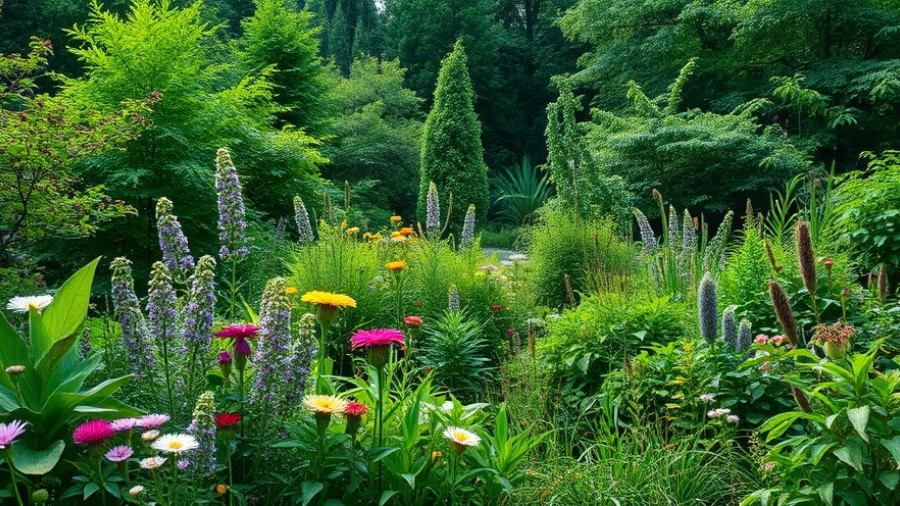
Transform Your Pool’s Appeal with Simple Updates
Your swimming pool is more than just a water feature; it’s the heart of your outdoor living space, particularly in North Texas where summers stretch out in full swing. Yet, like everything else, pools experience wear and tear. Whether it's fading finishes or outdated designs, these elements can detract from the joy your pool brings. Fortunately, you don’t need to embark on an overwhelming remodel to breathe new life into your oasis. In fact, small and thoughtful updates can yield impressive results without exhausting your budget.
The Power of Small Changes
Many homeowners underestimate the transformative power of minor renovations. Targeted updates can refresh your pool area dramatically. For instance, consider how a little cosmetic change, like a new interior finish, can change your pool’s entire vibe. A simple tile or plaster update can alter the water's hue and give a sleek, modern look, making your pool feel brand new.
Smart Remodeling Ideas to Consider
Here are several impactful, budget-friendly pool remodeling ideas to consider:
- Update Your Pool’s Interior Finish: A fresh interior finish is akin to getting a new pool. Options like pebbles or plaster can enhance aesthetics and functionality by improving swimming comfort and reducing wear.
- Revitalize Your Pool Decking: A pool deck that looks drab can bring the overall ambiance down. Stamped concrete allows for creativity—choose patterns that mimic natural stones or heated surfaces to withstand harsh sunlight, boosting both safety and aesthetics.
- Incorporate Energy-Efficient Lighting: Go beyond traditional pool lights. LED options not only save energy but add a mesmerizing atmosphere, particularly during evening swims.
- Add Water Features: If your budget allows, consider adding an inexpensive fountain or waterfall. The sound of flowing water not only enhances visual appeal but creates a calm atmosphere.
- Upgrade Poolside Furniture: New loungers or tables can make a huge difference. When picking furniture, opt for stylish designs that add comfort and elegance.
Relevance to Current Trends
In the world of home improvement and remodeling, sustainable practices are becoming a priority. Opting for eco-friendly materials and energy-efficient upgrades can lower utility bills while boosting your home’s value. Homeowners are not only enhancing their living spaces; they're making choices that positively impact their environment. Notably, outdoor living is evolving, and your pool can be at the center of this lifestyle shift.
Future Insights: What Lies Ahead for Pool Remodeling
As the market sees a rise in DIY projects, more homeowners are venturing into personalized updates. This trend suggests a vibrant future for more customized and budget-conscious pool renovations. By utilizing online resources and local contractors, homeowners are taking charge of their projects with increasing confidence.
Common Misconceptions in Pool Remodeling
A common myth is that pool remodels are always prohibitively expensive and intrusive. This could not be further from the truth. Many impactful updates can be implemented quickly, with relatively little disruption. Small changes often yield big rewards, whether increasing safety, enhancing aesthetics, or boosting the overall usability of your swimming pool.
Conclusion: Embrace Creativity in Your Pool Space
Your pool can evolve with your family’s needs. Whether you opt for a complete overhaul or focus on small yet smart updates, prioritizing your outdoor space reflects your unique lifestyle. The crucial takeaway? You don’t need a scenic splurge; rather, targeted tweaks can bring a fresh and modern allure back to the water where you’ve made countless memories. Let your pool remain the cherished center of joyous gatherings by transforming it with these affordable updates.
Ready to revamp your pool into an inviting oasis? Start today by exploring possibilities that fit your style and budget. Your dream pool awaits!
 Add Row
Add Row  Add
Add 




Write A Comment